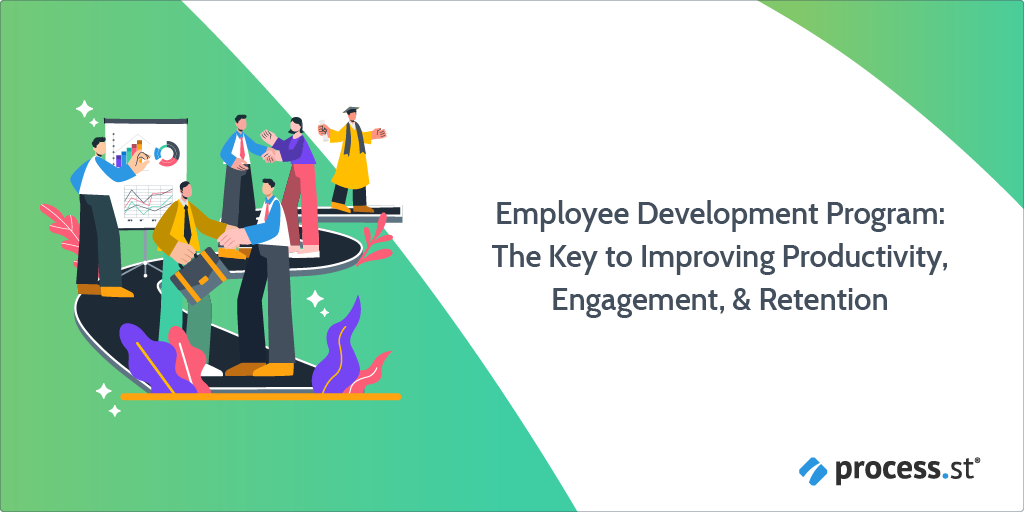 In my early 20s, I worked as a shift manager at a well-known pizza chain. On my second day, every manager above me was fired and I was told to keep things running until the district manager could arrange someone to take over in “a week or two”.
In my early 20s, I worked as a shift manager at a well-known pizza chain. On my second day, every manager above me was fired and I was told to keep things running until the district manager could arrange someone to take over in “a week or two”.
Not only did I absolutely not know what I was doing, my team knew it.
Chaos ensued. Compliance regulations, SOPs, and basic safety measures flew out the window because the team didn’t trust that I knew what I was doing (which is fair: I didn’t).
It ended up taking three months to get a temporary manager to come over from one of the other stores, and by then I was frustrated beyond belief. The moment she walked in the door, I handed over my keys, put in my notice, and refused to discuss the possibility of staying on in any capacity for any longer.
Back then, I was only 20, this was one of my first leadership roles, and I was clueless. Since then, I’ve held other leadership positions, had some attentive mentors, and gotten to develop the leadership skills that they don’t tell you about in the job description. Today, I could walk into that same situation and roll with it, no problem.
Without those opportunities, though, I would still be that clueless kid failing to get his team united, failing to develop their skills, and failing to see his job as anything more than a means to an end.
Not prioritizing employee development is a bad look, people teams. But – as I’ve said many times before – Process Street’s got your back. Check it out:
- Employee development: Back to basics
- In a world without employee development…
- …one HR department decided to change everything
- Employee development plan: Easier than an IKEA bookshelf
- Go forth and upskill
Let’s do this thing!
Continue Reading







 Workflows
Workflows Forms
Forms Data Sets
Data Sets Pages
Pages Process AI
Process AI Automations
Automations Analytics
Analytics Apps
Apps Integrations
Integrations
 Property management
Property management
 Human resources
Human resources
 Customer management
Customer management
 Information technology
Information technology



 You’re an HR department of one (and a bit). You have a PEO (professional employer organization) for support, but basically, it’s just you handling the day-to-day.
You’re an HR department of one (and a bit). You have a PEO (professional employer organization) for support, but basically, it’s just you handling the day-to-day.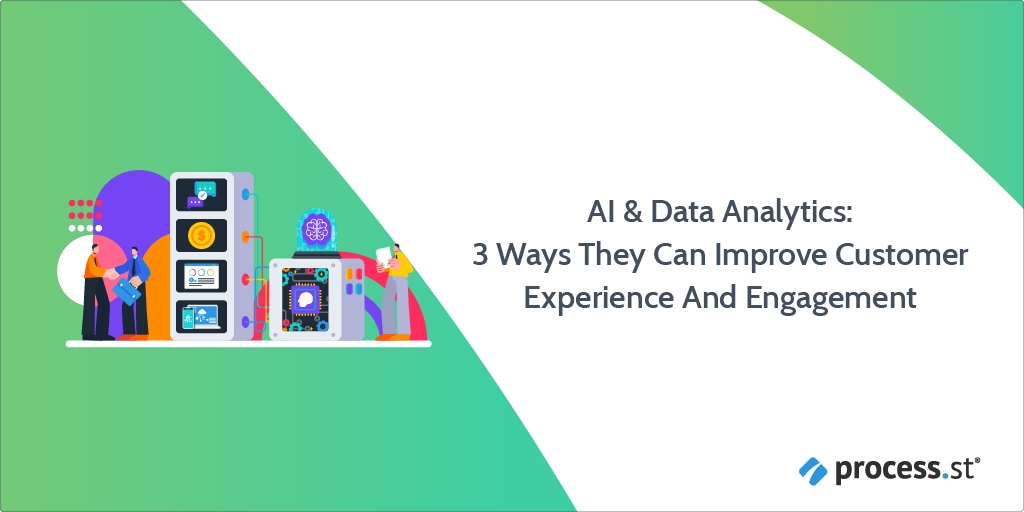 Since 2015,
Since 2015,  Creating workflows with
Creating workflows with 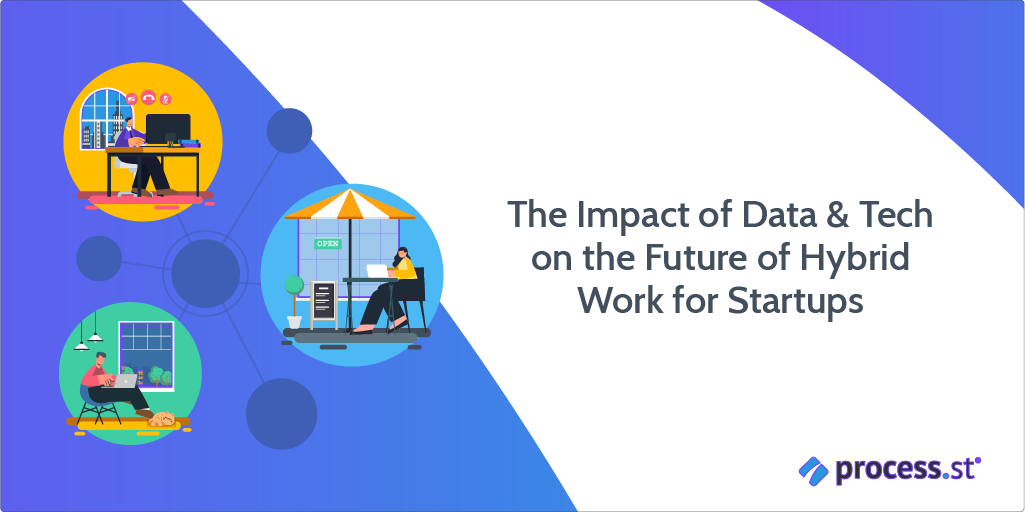
 The early days of a startup are crazy.
The early days of a startup are crazy.  Instead of an alphabetic writing system, the Incan Empire used a series of knotted and colored strings called quipu.
Instead of an alphabetic writing system, the Incan Empire used a series of knotted and colored strings called quipu. 
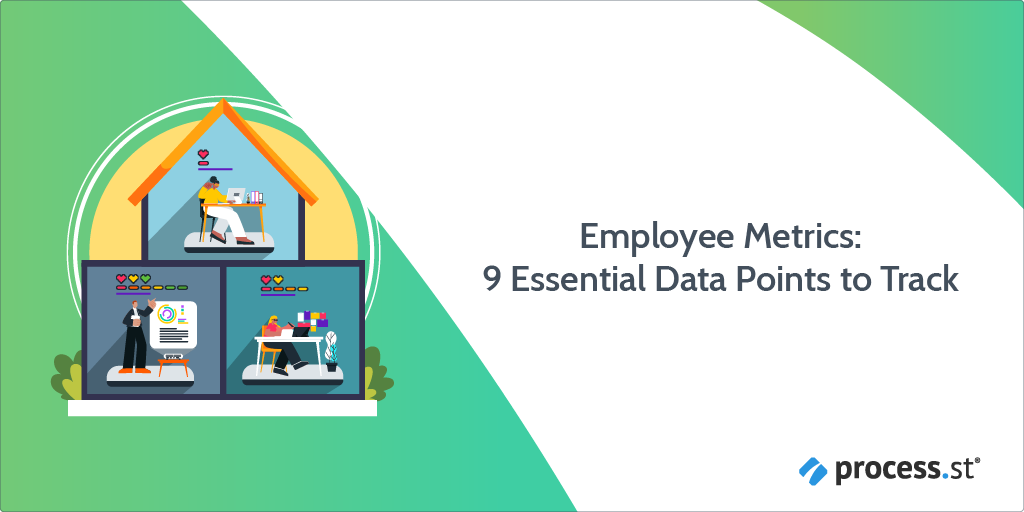
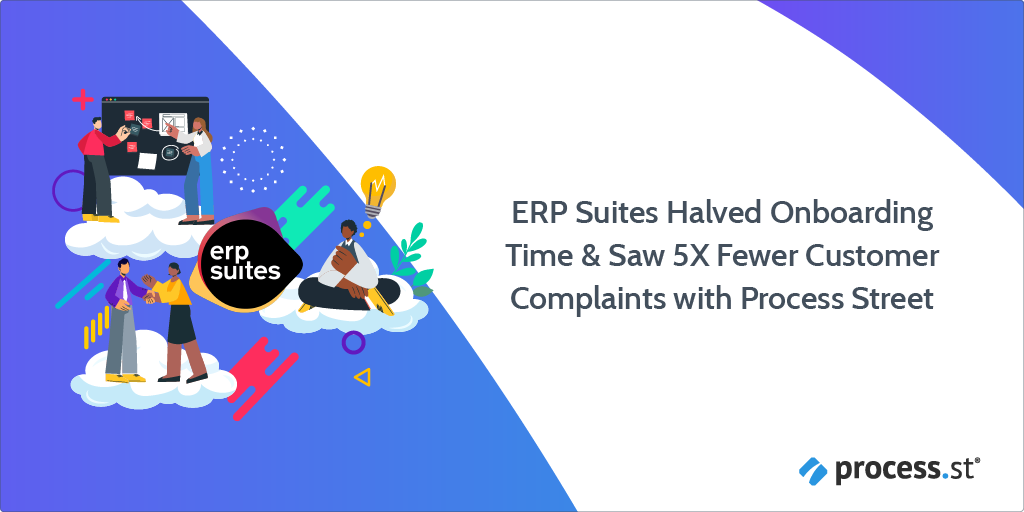
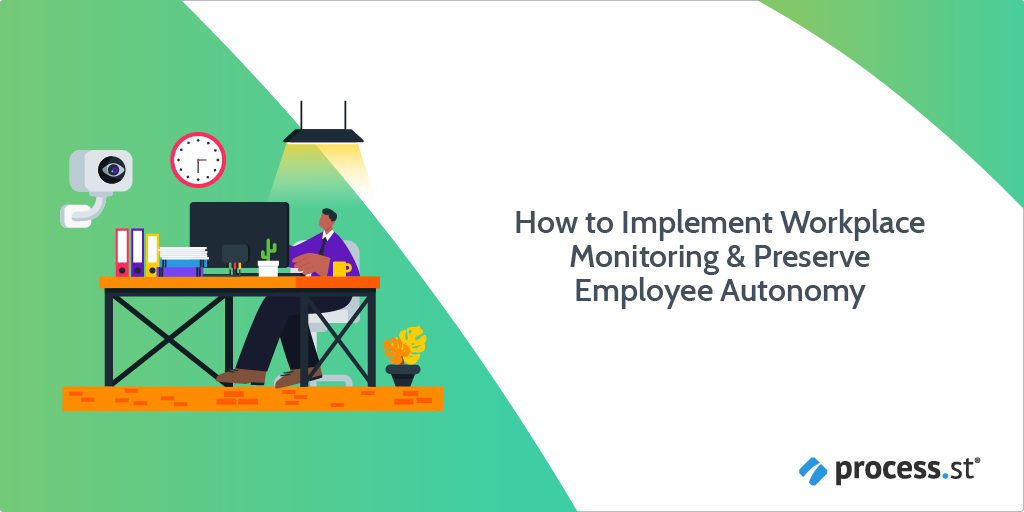 I play video games at work.
I play video games at work.